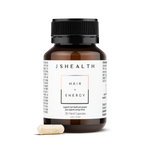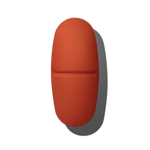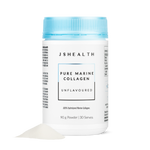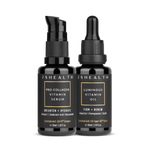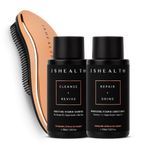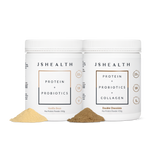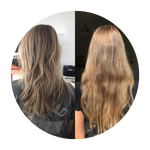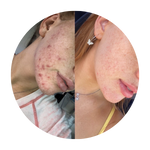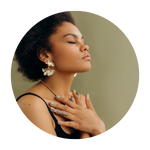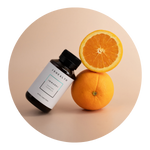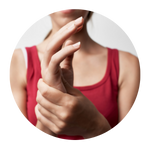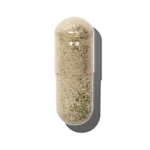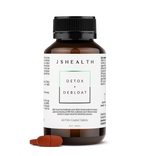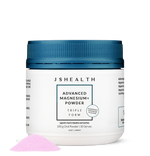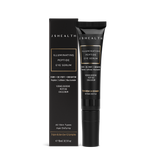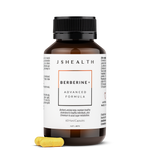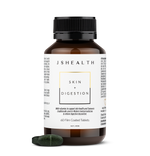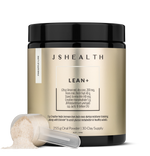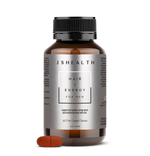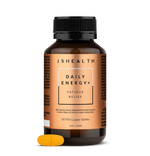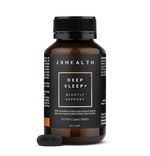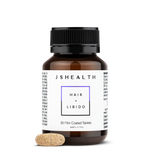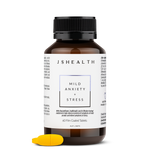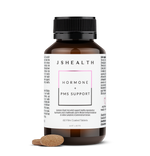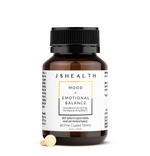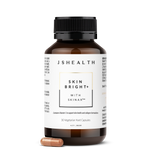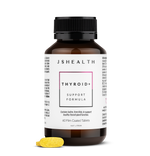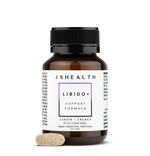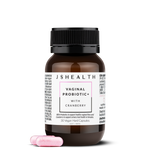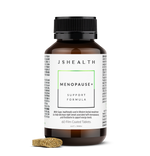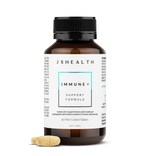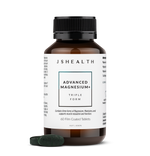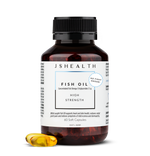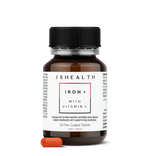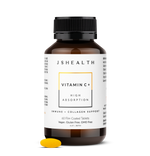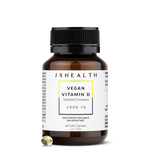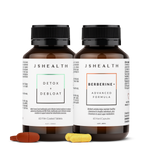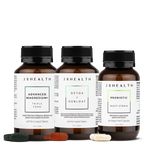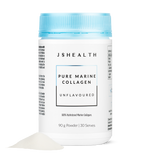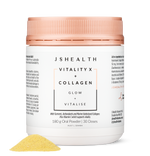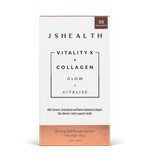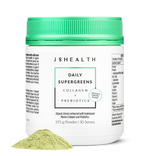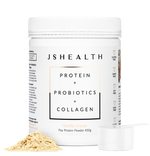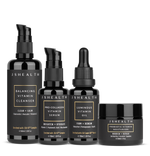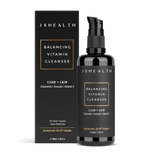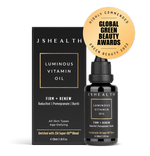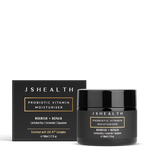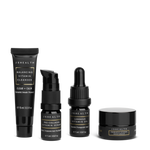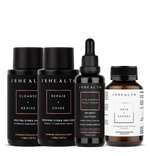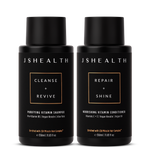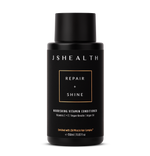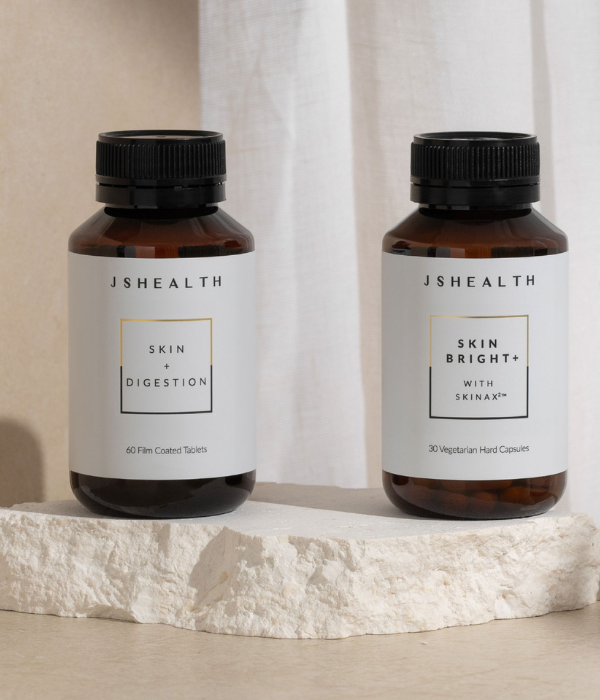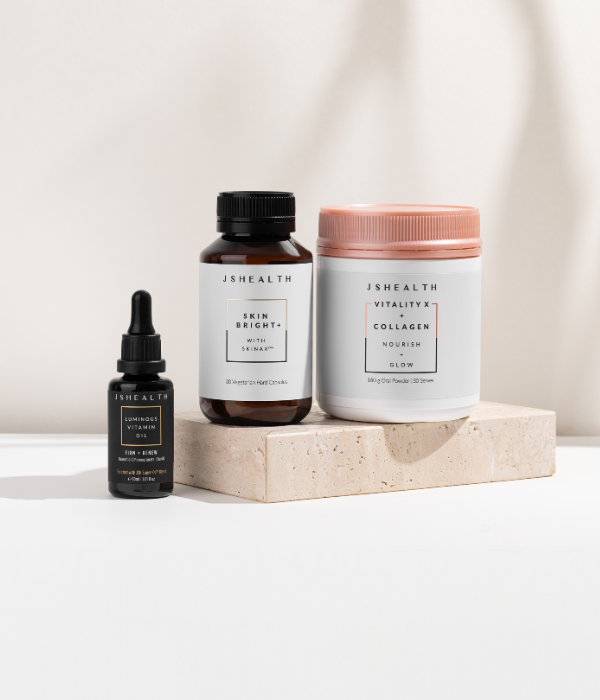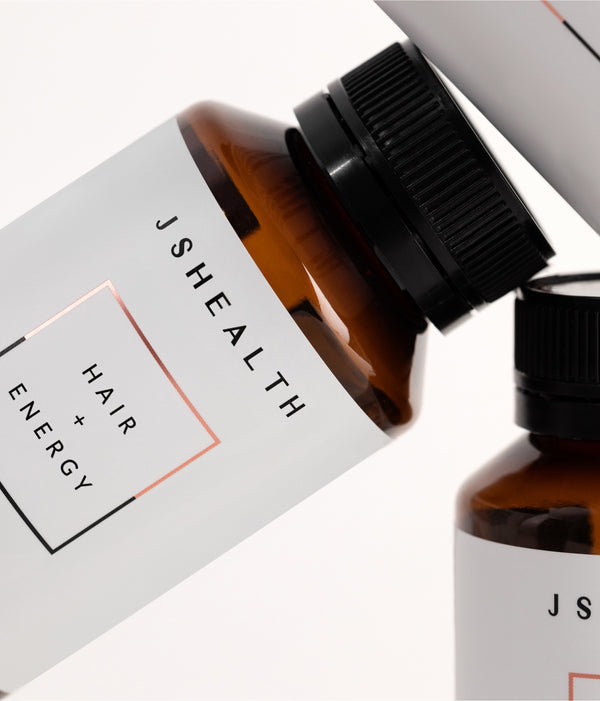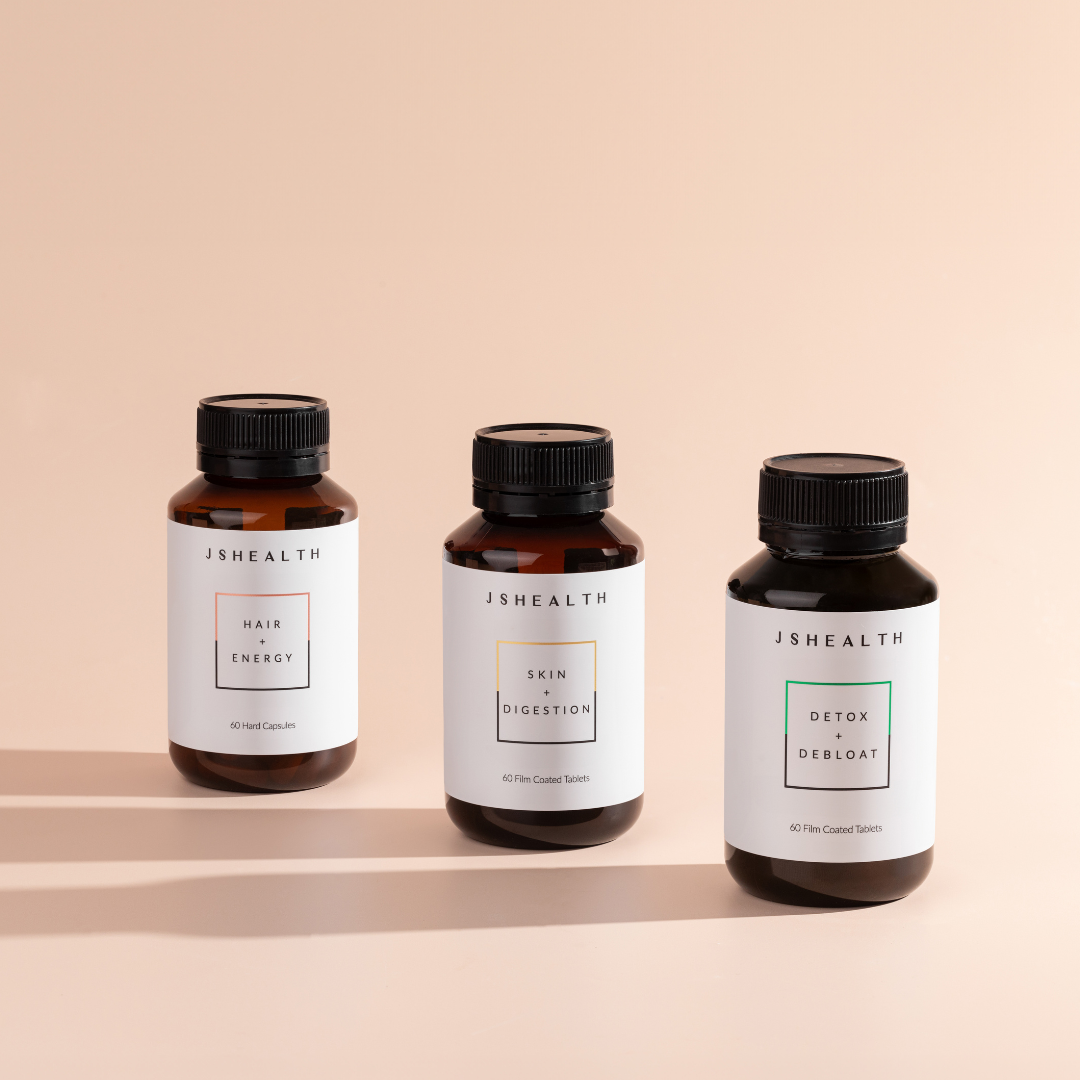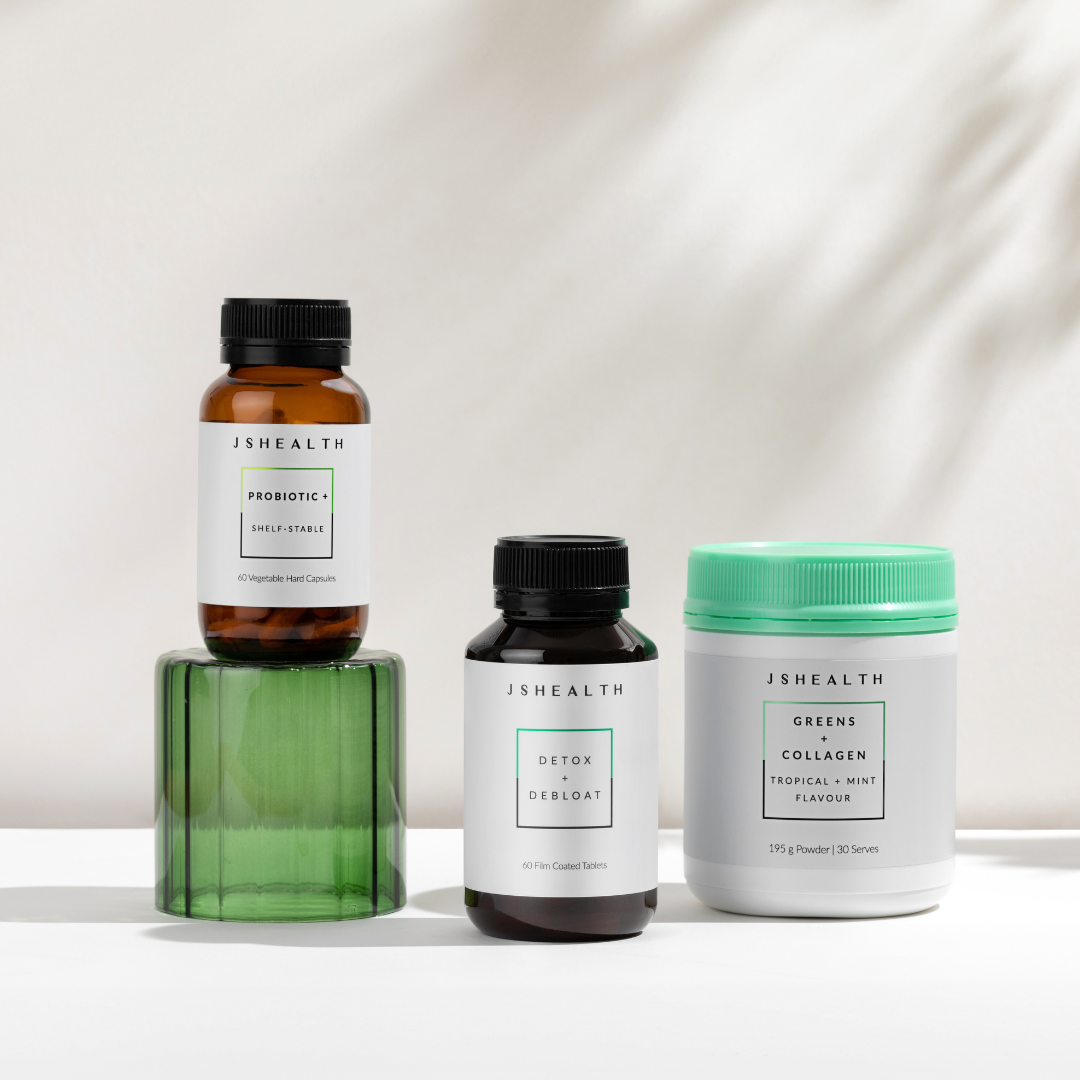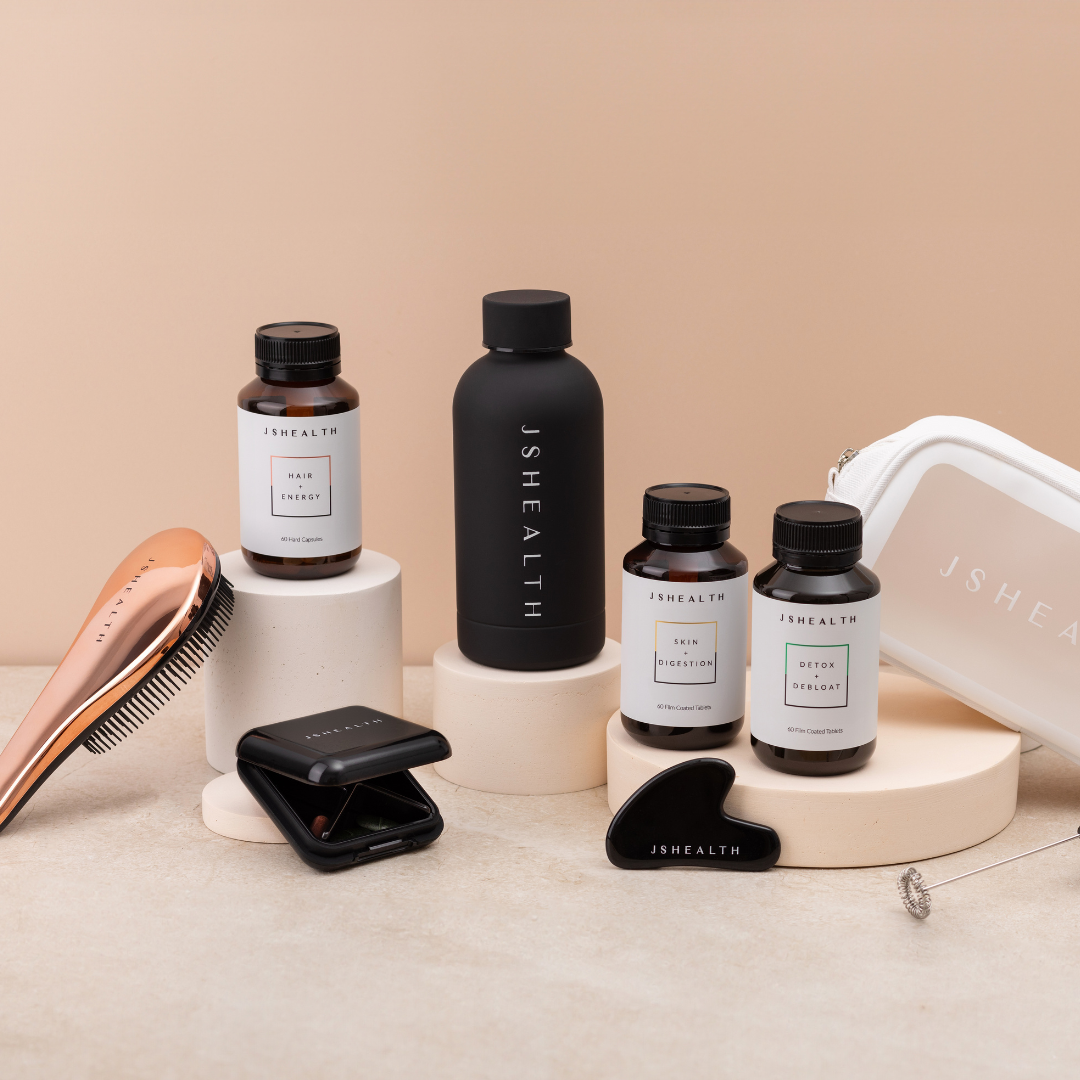The 101 on Cold Water Therapy
There's a powerful, age-old practice making a big splash in the wellness sphere: cold water therapy (CWT). From the icy plunge pools of ancient Roman spas to the invigorating morning swims in the frigid Nordic fjords, this practice has a long history of boosting health and vitality. Today, it's gaining popularity worldwide as people seek natural and effective ways to enhance their wellbeing.
Let's immerse ourselves in the science, the benefits and practical tips of this revitalising practice.
What is cold water therapy?
CWT is the practice of intentionally exposing the body to water with temperatures that challenge your body's comfort zone, generally below 150°C. The resulting physiological response, a symphony of adaptations from your circulatory system to your immune response, strengthens your body and mind.
Perhaps no one has done more to bridge this ancient, natural practice into the modern world than Wim Hof, often referred to as "The Iceman". A true testament to the power of mind over body, Hof has set numerous world records for his ability to endure extreme cold. His method, aptly known as the 'Wim Hof Method', combines cold exposure with a unique form of breathwork. He teaches that through a blend of meditative deep breathing and regular exposure to cold, we can tap into our inner 'primal' power – reducing inflammation, boosting immunity, and increasing our resilience to stress. The Wim Hof Method has not only helped countless people improve their health and wellbeing, but also reminded us of the intrinsic connection between our bodies, the natural world and the power of our mind.
Benefits of CWT
- Improved Circulation: When exposed to cold, your blood vessels constrict, leading to improved circulation as blood is pushed to your core. Once your body warms up, the blood vessels dilate releasing the blood back outwards. Over time, this can lead to enhanced cardiovascular health1.
- Reduced Inflammation: Cold water therapy can help reduce inflammation and muscle soreness, promoting faster recovery after intense physical activities.
- Boosted Mood: Cold water stimulates the production of endorphins, the feel-good hormones, resulting in an uplifted mood and reduced stress levels2.
- Enhanced Immune Response: Regular cold water exposure can boost white blood cell production, strengthening the body's immune defence against diseases.
- Increased Metabolism: The body works harder to maintain its core temperature in cold water, resulting in increased metabolic rate, which can potentially aid in healthy weight management3.
How CWT works
The concept behind CWT is simple: the body adapts to stress.
When we expose ourselves to cold water, our blood vessels constrict, directing more blood flow towards our vital organs to maintain core body temperature. This process also trains our blood vessels, making them stronger and more efficient at regulating heat and delivering oxygen and nutrients to different parts of the body1. CWT can help improve our immune system by activating the production of white blood cells and boosting the activity of antioxidants that protect against illness and disease.
The benefits of CWT go beyond physical health. It has been shown to improve mental wellbeing, increasing feelings of alertness and energy while reducing symptoms of depression and anxiety2. This is due in part to the release of endorphins, but also because cold water therapy can be seen as a form of meditation - allowing us to connect with our body and mind in a mindful and calming way.
How to get started with CWT
While CWT is often associated with plunging into ultra cold waters, known as cold water immersion (CWI), or taking a cold shower, there is no single way to 'do' CWT. The key is to find a method that works for you, your lifestyle and your body.
- Cold Showers: Start your day with a cold shower. It's a simple and effective way to incorporate CWT into your daily routine. Gradually reduce the temperature of the water over time to build your body's tolerance to the cold. You can also try ending a regular shower with a blast of cold for a couple of minutes!
- Ice Baths: This is a more extreme form of CWT, often used by athletes for rapid recovery after intense physical exertion. Fill a bathtub with cold water and ice, then immerse your body up to the neck for 10-15 minutes. Many wellness centres now offer ice baths you can book too.
- Swimming in Cold Water: If you live near a natural body of water like a lake or the ocean, try swimming (or simply diving in and out!) in it during the cooler months. It's a great way to combine exercise with CWT, and the natural setting can be calming and invigorating.
- Cryotherapy: While not technically CWT, this wellness practice engages the benefits of cold therapy. This involves exposure to extremely cold air in a controlled environment for a few minutes. Cryotherapy chambers are becoming increasingly popular and can be found in many wellness centres and spas.
Tips for CWT
Remember to always listen to your body when practising CWT and to never push yourself too far. Start with short sessions, gradually building up time and intensity as you become more accustomed to the cold.
If you want to take your CWT practice to the next level, consider incorporating breathwork techniques into your routine. Breathing exercises can help regulate your heart rate and increase oxygen flow throughout your body, amplifying the effects of cold water therapy. Deep breathing helps to regulate the body's response to cold and increase oxygen flow, aiding in recovery and relaxation 1.
For those in Sydney wanting to dive into a fully integrated breathwork and CWT experience, Conscious Community offers unique workshops and events that enhance energy, vitality and promote greater mind-body awareness. Founded on an inspiring ethos celebrating perseverance, Conscious Community uses breath, movement and cold therapy to access the "Good Life Flow."
While cold water therapy may seem intimidating at first, the potential benefits make it worth giving a try. From improved physical health to increased mental clarity, incorporating cold water therapy into your routine can have numerous positive effects. The next time you feel yourself in need of a reset or just want to try something new, consider taking the plunge into cold water therapy. Your mind and body will thank you for it.
Here's a little look at our Breath & Ice Community Event:
References:
- Espeland, D., de Weerd, L. and Mercer, J.B. (2022). Health effects of voluntary exposure to cold water – a continuing subject of debate. International Journal of Circumpolar Health, 81(1). doi:https://doi.org/10.1080/22423982.2022.2111789.
- Shevchuk, N.A. (2008b). Adapted cold shower as a potential treatment for depression. Medical Hypotheses, [online] 70(5), pp.995–1001. doi:https://doi.org/10.1016/j.mehy.2007.04.052.
- Lichtenbelt, W. van M., Kingma, B., van der Lans, A. and Schellen, L. (2014). Cold exposure – an approach to increasing energy expenditure in humans. Trends in Endocrinology & Metabolism, 25(4), pp.165–167. doi:https://doi.org/10.1016/j.tem.2014.01.001.
